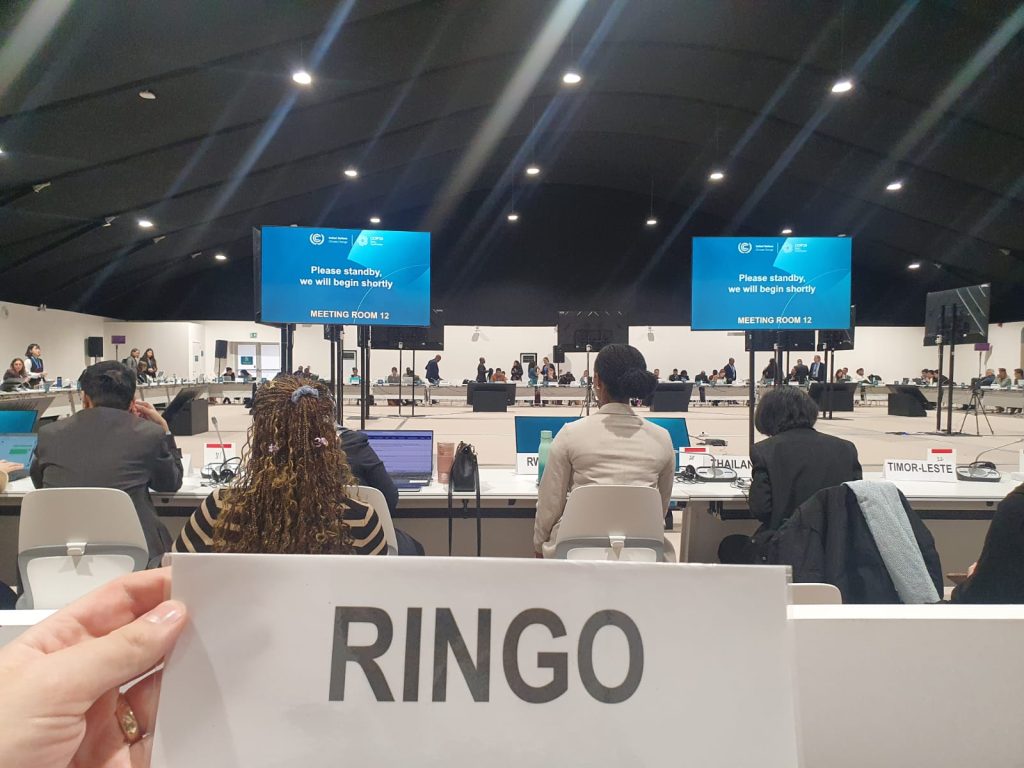
Written by George Ryan; PhD student with SCENARIO DTP.
There is no doubt that COP29 is vital to ensuring that we mitigate the most severe impacts of climate change over the next century with current trends limiting our chances of restricting warming to below 2 degrees Celsius. Much of the discussion at this year’s event has been geared towards a new financial paradigm- the new collective quantified goal (NCQG) on climate finance with calls to increase spending to $1 trillion per annum to aid developing countries in their fight against climate change (1). While these intentions are honourable and will provide vital support, I believe that the core of the financial discussion should also involve global funding of scientific research to find clean energy solutions.
Funding commitments are subject to considerable uncertainty with countries liable to withdraw funding at any moment as was seen in 2017 with the United States withdrawal from the Paris Agreement. This is driven by the short-term nature of governments who are answerable to the electorate and may lose power at the end of a political term.
Yet, scientific innovations once developed can become permanent fixtures to help mitigate the impact of climate change, with nuclear fusion, electric cars and biofuels all offering the potential to transform the green energy landscape. This has been partially recognised at COP29 with the Declaration to Triple Nuclear Energy having 31 signatories who wish to highlight the importance of nuclear energy in a green future (2). Nuclear fusion which is the same process that happens within the core of a star provides the purest form of energy and considerable efforts are underway to develop this with 30 firms worldwide receiving over $2 bn in funding (3) and countries like China spending ~$1.5bn on fusion as well (4). If these technologies can be developed, we could rapidly scale them up in a global effort to adapt our energy mix. However, I do not advocate relying on these developing technologies alone as they do not yet exist which means we still need the NCQG to enable mitigation and adaptation efforts in the near future.
However, given the potentially vast planetary savings to be gained by every 0.1C of warming we can prevent, should we not also invest in a similarly large pot of money through government and private finance towards these innovative technologies which could help to stop climate change in its tracks.
Sources:
- World Economic Forum. https://www.weforum.org/stories/2024/11/why-cop29-must-secure-trillion-dollar-climate-finance-goal/
- WorldNuclear. https://world-nuclear.org/news-and-media/press-statements/six-more-countries-endorse-the-declaration-to-triple-nuclear-energy-by-2050-at-cop29
- Nature. https://www.nature.com/immersive/d41586-021-03401-w/index.html
- Conroy, G., 2024. Inside China’s race to lead the world in nuclear fusion. Nature, 632(8027), pp.968-970.

